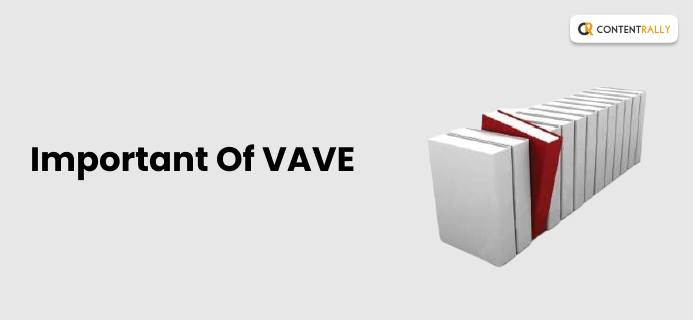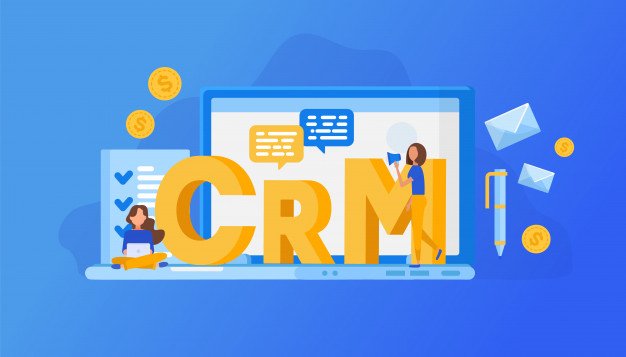VAVE stands for Value Analysis and Value Engineering. This is actually the method of eliminating costs in any process development process.
But from where this engineering comes in, or what are its major roles? Actually, the regularly increasing price and cost pressure are encouraging product development towards innovative options.
Now, businesses are also searching for ways they can improve their process and reduce unwanted costs through the help of value analysis. Let’s discuss this below in detail.
What Is VAVE? – All You Need To Know

Value Analysis and Value Engineering ( VAVE or VA/VE) is a problem-solving methodology that uses two effective processes for optimizing the value of goods or services.
Value Engineering is sometimes used as a synonym of Value Management, and both promote the planning and delivery of projects.
The rewards of Value Engineering can extend to supply chain improvements; it enhances revenue and increased manufacturing efficiency. Moreover, this engineering is sometimes taught within architecture, industrial engineering, or project management.
This analysis varies from one project to another, and there is no solution that fits all. It also covers many levers for EBITDA improvement: product teardown, product benchmarking, Voice of Customer (VoC), cost of poor quality (COPQ), direct supplier participation voice of the shopfloor (VoS), level of vertical integration, value proposition heat map, competitive landscape, market analysis, etc.
Why Is VAVE Important?
VAVE is vital for businesses because it helps reduce costs and improve the quality of the products. It also allows the company to increase its effectiveness and efficiency in the long run.
VA.VE can also be defined as a tool to improve cost efficiency by evaluating the functionality of a product. The best thing about this analysis is that it reduces unnecessary costs without compromising its efficiency and quality.
You can also evaluate your performance and can obtain a clear picture of the components that are not truly important and remove them in order to decrease costs.
VAVE Benefits
Value Analysis and Value Engineering (VA/VE) is important as it identifies possible problems and suggests improvements that should be made in the company.
Therefore, let’s discuss some of the top benefits of VAVE for your business.
- Improve design
- Improve brand image
- Encourage new ideas
- Minimizes costs
- Maintain high quality
- Develops fresh technologies to use new technologies
Value Analysis Vs. Value Engineering – Differences Between Them
Value engineering and value analysis play an important role in a business. This analysis simplifies the process, but you must be creative and specific. So, let’s now discuss the difference between this analysis and engineering.
Value Analysis |
Value Engineering |
| This implies analyzing existing products | This appears during the development of new products |
| This is actually a cost reduction before a product that is already in production | This is actually a cost reduction of a product before production. |
| This technique is used to identify the functions of a product and provides them with the lowest cost. | This process refers to the design stage. |
VAVE Cost Reduction Steps You Need To Know
There are some VAVE cost reduction steps that you need to know and to save your time and effort, we have discussed the same below.
i). Prepare For Long Lead Times
The first step is to prepare for the long lead times because, in the future, there might be a component shortage that can extend for another year or two.
Actually, value refers to the ratio of the function of cost, so you must maximize the value of the product by minimizing the value of the costs.
ii). Optimize Your Bill Of Materials
Another way to reduce your costs is to optimize your bill of materials. However, you need a team of experts here to look at your product BOM and optimize it for mass manufacturing.
You can generate new ideas for improvement and find great alternatives so that the project can perform the same functions.
iii). Present Improvements
It is very important to present improvements to your head. The improvements will help the company in its growth and development. Furthermore, this can improve the sales and revenue of the organization to a great extent.
For this, you need to determine the areas of improvement and aim that your team understands the process.
iv). Generate New Ideas
The last step in VAVE is to generate new ideas for improvement. For this, you must develop new improvement ideas and find great alternatives.
You must also identify the primary and secondary functions of the project and determine ways to improve the same.
The Final Verdict
VAVE is an important term of the cost reduction process of a company. By doing this analysis, a company can understand the useless business practices and how to replace them with new approaches that will bring the desired results. Besides, let me know your doubts in the comment section below if you have any regarding Value Analysis or Value Engineering (VA/VE).
Read Also:

























